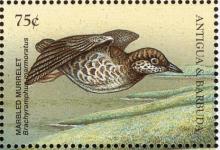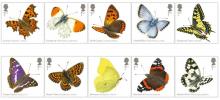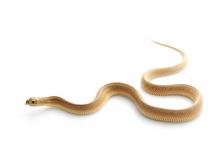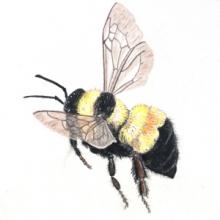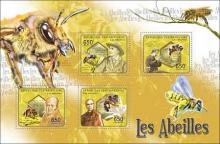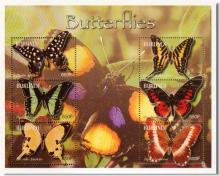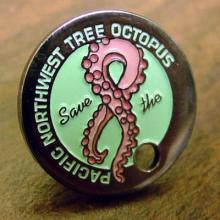The population of Marbled Murrelet has declined 48% in Washington State since 2001
The Marbled Murrelet (Brachyramphus marmoratus) is a robin-sized bird that was listed as threatened in 1992 under the Endangered Species Act. This bird spends most of its life on near-shore waters from northern California to Alaska. It flies inland to breed high in the canopy of old-growth forest within sixty miles of shore. The NW Forest Plan was created in 1993 to protect breeding habitat for Marbled Murrelet and Northern Spotted Owl. Without this plan there would now be no old-growth forest on state or federal lands; however, private landowners can cut any timber. This August shocking news was published on the status of Marbled Murrelet after 20 years of the NW Forest Plan. The science report said: In Washington State the Plan has not been successful--the population of Marbled Murrelet has declined 48% since 2001. At current rates of decline there will be no Marbled Murrelet in SW Washington within 15 years! If the SW Washington population disappears, the northern population of birds in Washington, Canada and Alaska will be genetically isolated from the southern population in Oregon and California. This genetic bottleneck could quickly lead to species extinction. The situation for Marbled Murrelets is critical.

